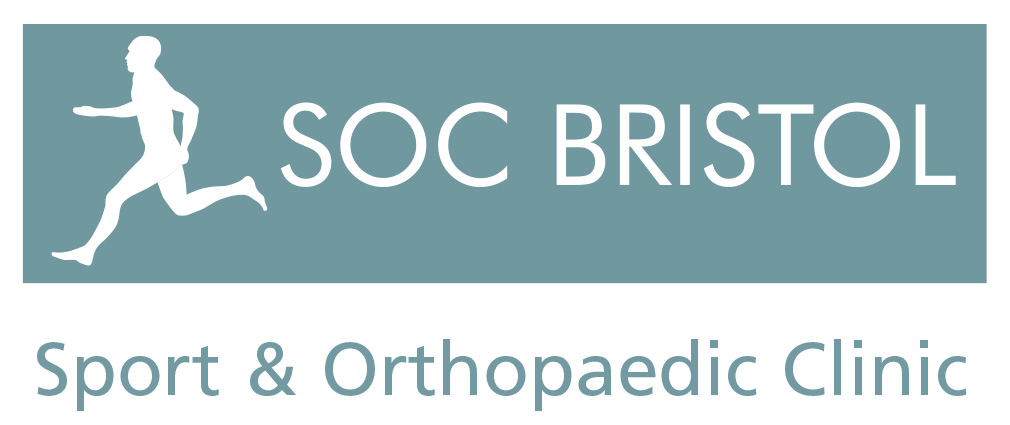Acromio-Clavicular joint (ACJ) Instability and Dislocation.
Anatomy:
The Acromio-Clavicular Joint (ACJ) is formed by the articulation (joint) between the outer (distal) end of the collarbone (Clavicle) and the Acromion of the shoulder blade (Scapula). The joint is stabilised by 2 main ligament groups. The Acromio-Clavicular ligaments are essentially thickenings of the joint capsule above (superior) and below (inferior) the joint. The main stabilisers of the Joint are the two Coraco-Clavicular ligaments, which bind the Clavicle to the Scapula. The Trapezoid lies towards the outer end of the collarbone (laterally) and the Conoid more medially.
Structures damaged.
The ACJ is commonly injured following a fall onto the hand, elbow or the point of the shoulder.
The Joint may be injured resulting in pain but the ligaments and joint capsule may remain structurally sound. If the force of the injury is sufficient the Acromio-Clavicular ligaments may be disrupted and a partial dislocation or subluxation may occur. If the force is sufficient to damage both the Acromio-Clavicular and the Coraco-Clavicular ligaments an ACJ separation or dislocation develops.
Signs and symptoms:
Pain.
Pain may be generalised to the shoulder region and arm. Typically the site of the pain or maximal pain is localised to the region of the ACJ at the top of the.
Deformity.
If the ACJ is subluxed there may be a bump, or more pronounced bump over the top of the shoulder. If the joint is dislocated the shoulder may appear drooped with a prominence of the end of the collarbone (clavicle). The deformity may not be pronounced but may become more so as the arm is moved particularly across the chest when a lump formed by the end of the collarbone may appear at the back of the shoulder.
Diagnosis and investigations:
The diagnosis is typically apparent from the history and the examination.
X-Rays (plain radiographs) are usually taken to confirm the diagnosis and grade the severity of the injury. It is important to identify associated fractures or injuries. Stress X-Rays may used to identify the maximal extent of the deformity.
Occasionally further investigations in the form of Ultrasound scans (USS), Magnetic Resonance Imaging (MRI) and Computerised Tomography (CT) may be undertaken.
Treatment:
Pain relief.
Simple painkillers (analgesics) and anti-inflammatories may be helpful.
Immobilisation.
It is reasonable to provide support for the shoulder with a broad arm sling or Polysling. There are a wide variety of straps and braces designed to reduce ACJ dislocations. There is little evidence that any offer any advantage over symptomatic relief with a simple sling.
The shoulder and arm can be used a pain allows and the sling can be discarded as discomfort settles.
The majority of these injuries will settle without further treatment and are likely to give a satisfactory long-term result.
If the ACJ is significantly displaced either vertically or horizontally then surgical stabilisation may offer some benefit with regard to function as well as offering correction of the deformity.
Surgical Treatment.
There are numerous methods of stabilising or reconstructing the ACJ.
Surgical treatment may be divided into early (acute) stabilisation procedures and later (chronic) reconstruction procedures. Severely displaced fractures may have better long term function and outcome with surgery. The management of less severe dislocations remains somewhat controversial but there is increasing evidence supporting earlier surgical stabilisation.
Link to Acute ACJ stabilisation.
Link to Chronic ACJ stabilisation.

